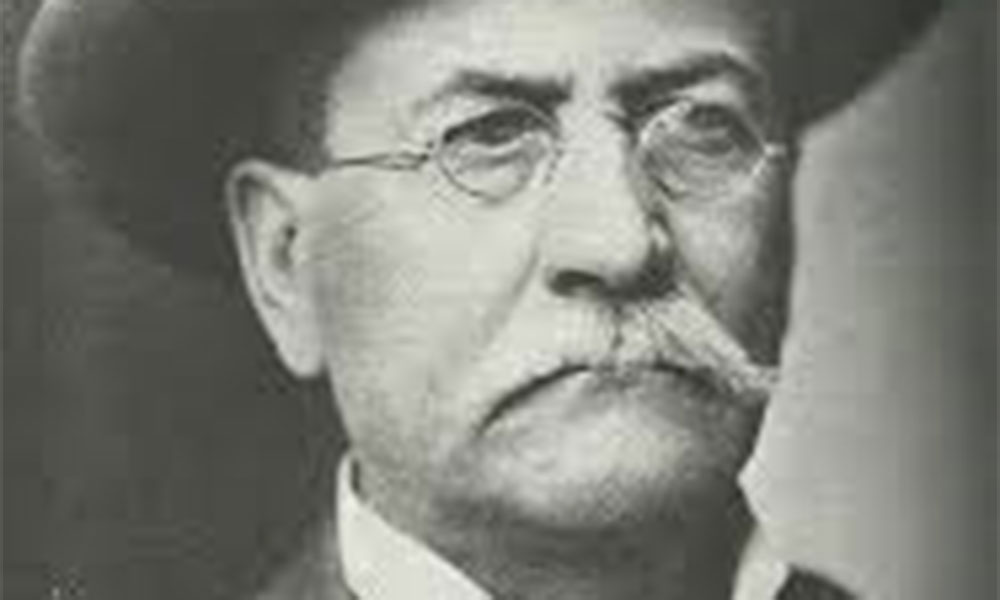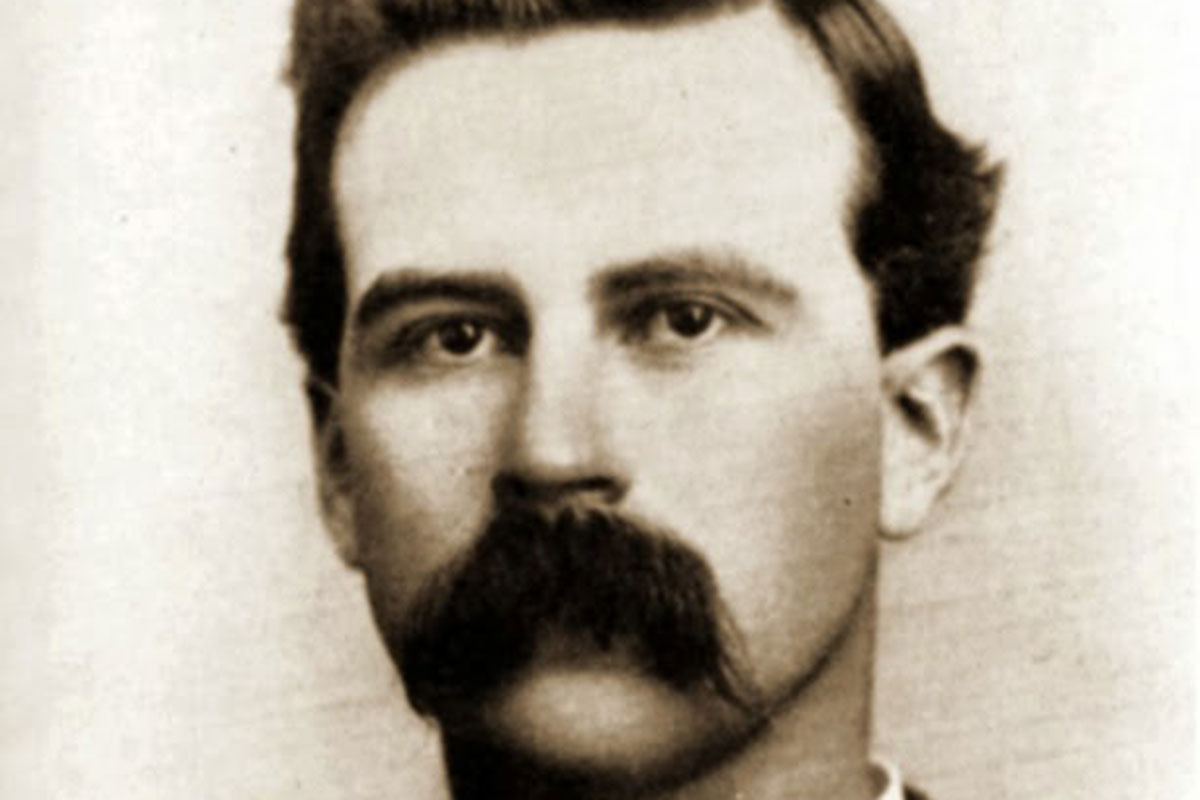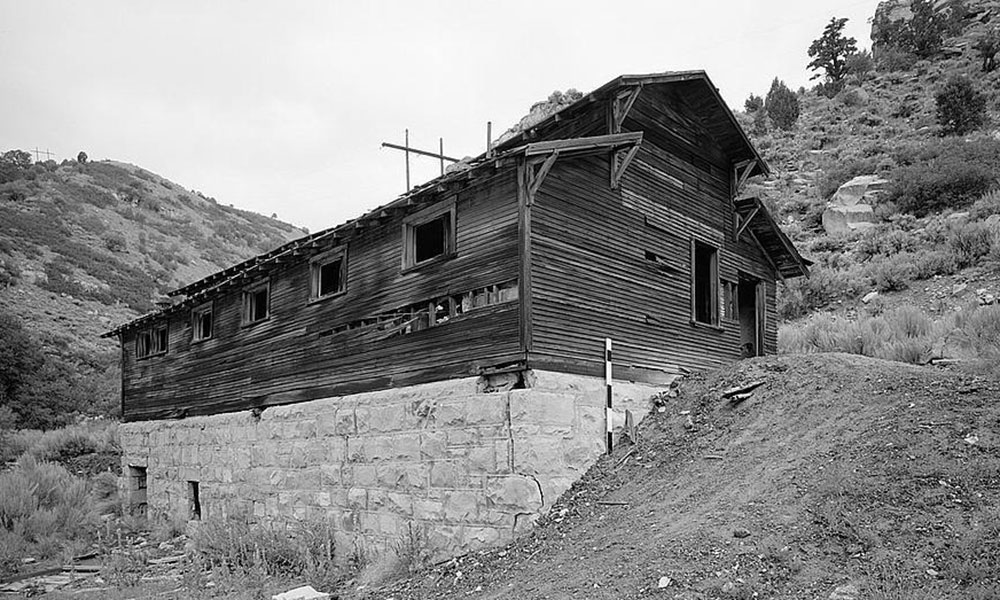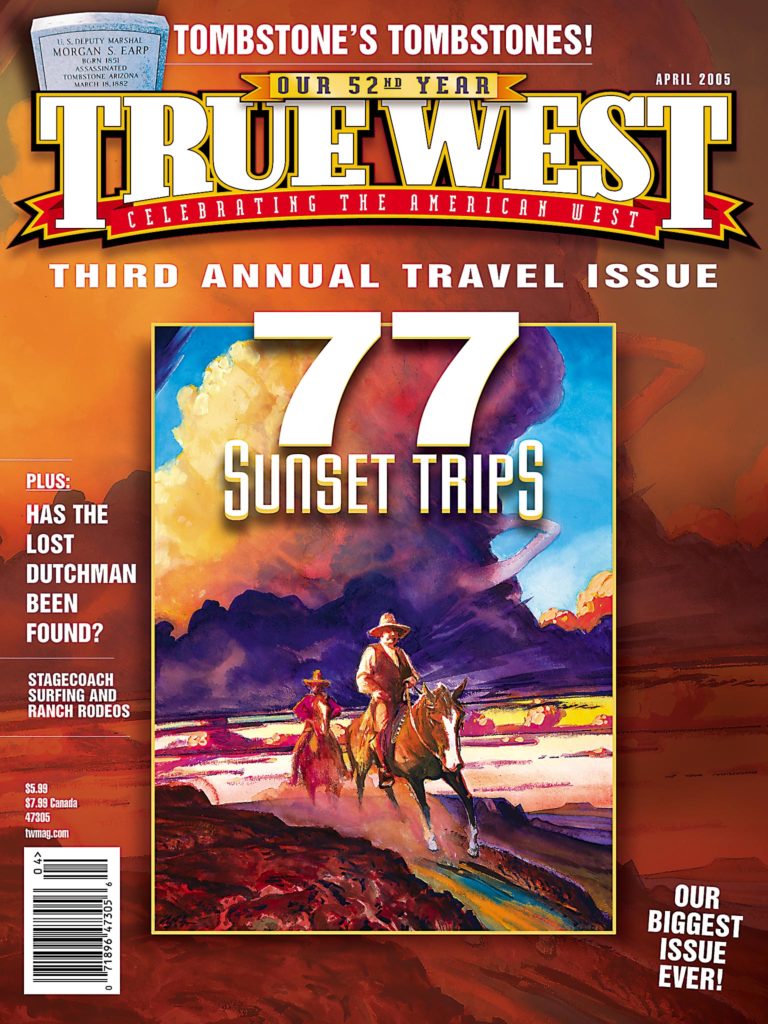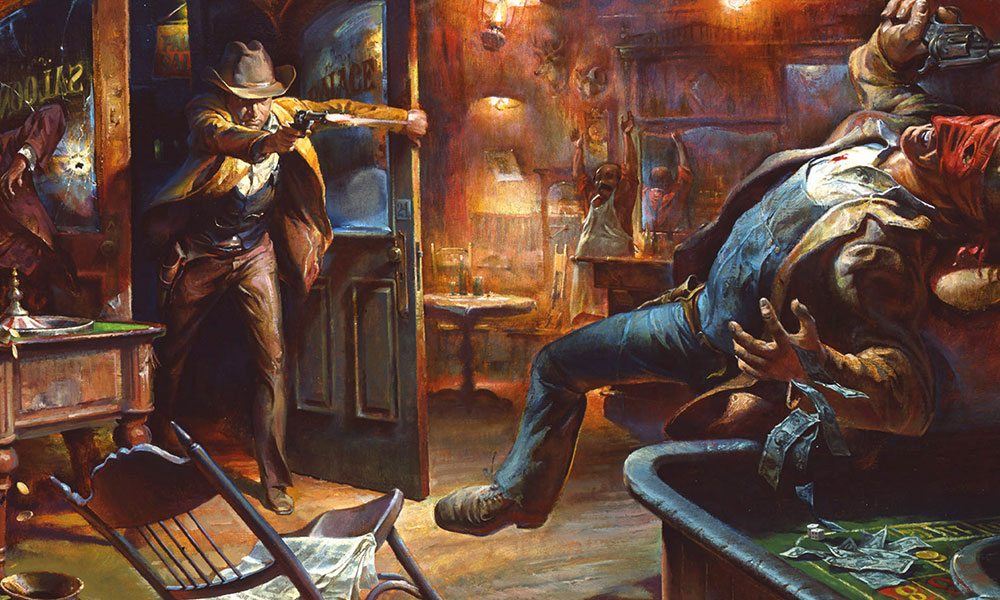
The question often comes up about what kind of pay peace officers received in days of the Old West. Salaries varied quite a bit. A deputy U.S. marshal might make around $50 a month during the 1880s. I contacted historian Larry Ball on U.S. Marshals and he responds: “Regarding the salary of marshals, each marshal received a base annual salary of $200 through much of the nineteenth century.
Each marshal supplemented this income by earning a percentage of fees for serving court process–subpoenas, warrants, etc–but not to exceed $4,000 annually. If the marshal served in a district that was very busy, his income increased correspondingly. However, he had to share such fees with his deputies.
Texas historian Bill O’Neal adds, “U.S. Marshals were paid on a fee basis, going back to federal founding in 1789. Serving papers, $2; arrests, $4; mileage, 5c per mile. These amounts were gradually elevated.”
Regarding Texas Rangers, O’Neal says captains were paid $100 a month; lieutenants got $75; sergeants took in $50; and corporals and privates took home $40 a month (although the state legislature later cut private pay to $30—less than a cowboy made).
County sheriff’s in Arizona during Territorial Days entailed many duties; tax collector, assessor and collector; service to the courts; managing the jail and overseeing the prisoners; transporting prisoners, including the insane; investigating crimes; keeping the peace; apprehending and arresting lawbreakers; and performing executions. The pay relied on a cumbersome fee schedule that paid for such things as summoning a jury; making court appearances; and travel reimbursement. Fees for these things ranges from .50 to $3.
Separate amounts were paid to jailers, guards, food providers, doctors providing medical care to prisoners.
Sheriffs received fees of approximately 8% of the property taxes collected.
A sheriff also had to post bond to ensure honesty when carrying out his sworn duties.
The income of a sheriff came primarily from fees rather than salary. The biggest part of his salary came from collecting taxes. This could be lucrative in areas where railroads and mines were located.
A Tombstone town deputy marshal earned $15 to $25 a week, Ball says. Virgil Earp was hired as town marshal in 1881 at $150 a month, plus a percent of taxes collected, licenses issued and fines levied.
Marshall Trimble is Arizona’s official historian and vice president of the Wild West History Association. His latest book is Arizona Outlaws and Lawmen; The History Press, 2015. If you have a question, write: Ask the Marshall, P.O. Box 8008, Cave Creek, AZ 85327 or email him at marshall.trimble@scottsdalecc.edu.

